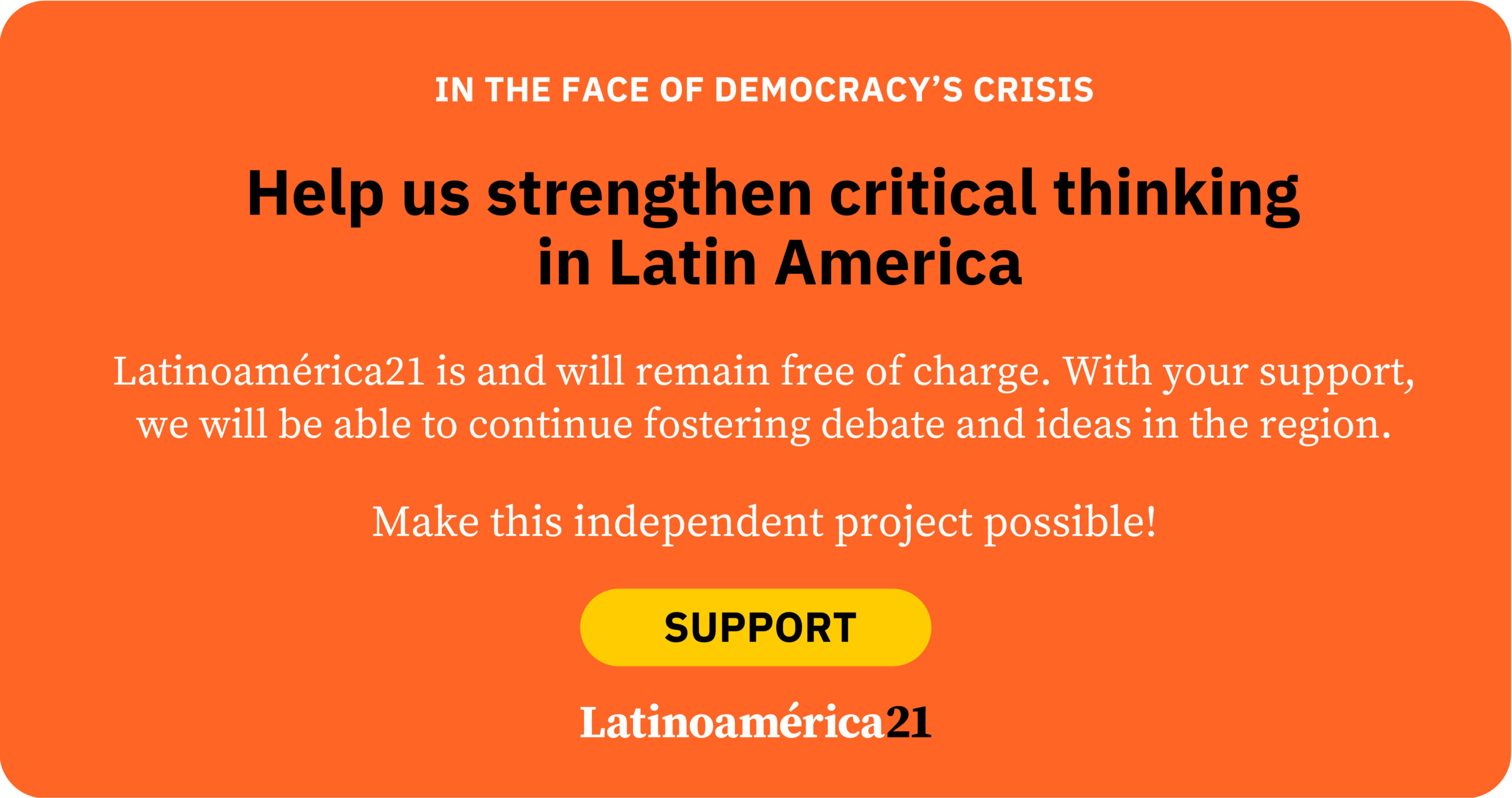In times when politics raises more doubts than certainties, parties not only need good ideas—they must also deal with what they represent as a brand. Can they do so in a way that plays to their advantage? According to the Citizen GPS report by the consulting firm DATAVOZ, a significant portion of the Chilean electorate shares some of the statist ideas associated with the Communist Party—but rejects the party on an emotional and identity level. Even when voters agree with its proposals, the party’s name itself remains an obstacle.
This became clear after the victory of Communist leader Jeannette Jara in the ruling coalition’s primaries. Her platform, which calls for a more active state role in the economy, reignited debate about the Communist Party’s place within the governing bloc—and how it is perceived beyond it.
To understand this contrast, the report developed two indicators: one measuring programmatic predisposition toward statism (that is, how much people agree with a stronger state role), and another measuring affective predisposition toward the Communist Party. Both use a scale from 1 to 5, where 1 means strong support and 5 means strong rejection.
The gap between these two indicators is the heart of the analysis. While emotional rejection of the Communist Party is high and concentrated (with many rating it a 5, the maximum level of rejection), opinions about statism are more evenly distributed, with most people taking intermediate positions (scores between 2 and 4). In other words: many do not like the party—but they do not necessarily reject its economic ideas.
A key finding: 36.1% of respondents fall into this category—emotionally distant from the Communist Party, yet open to its ideas. Who are they? Primarily young women from lower socioeconomic sectors, with basic or secondary education. And that makes them electorally decisive.
This gap between program and brand is not unique to Chile. Across Latin America, the same pattern emerges: citizens want a more active state, but don’t trust the parties that advocate for it. The problem is not just programmatic—it is symbolic.
Parties—especially those on the left or with statist traditions—often carry historical baggage that works against them. Not because of their current proposals, but because of what they evoke: outdated rhetoric, rigid aesthetics, past alliances, or ideologies that people perceive as distant or obsolete. This can block even those ideas that much of the public actually agrees with.
Across the region, party disaffection is growing. Voting is no longer driven solely by programs—it is driven by trust, emotion, and what people believe a party or leader represents. That emotional component has become as important, if not more, than ideology itself. As recent studies show, the figure of the “rootless voter” is on the rise: someone who commits to no party, may agree with certain ideas, but distances themselves if they do not trust who is proposing them.
This forces parties to ask uncomfortable questions. How much can they change their image without losing their identity? What are they willing to adjust to connect with groups that are close in ideas but distant in symbols? How can they build trust when their brand carries rejection?
The case of the Communist Party in Chile highlights a broader challenge for many political forces in Latin America: it is not enough to have proposals that respond to social demands. They must also build a narrative that fosters a sense of belonging, connects to everyday life, and does not alienate or intimidate.
And that is not easy. Because it is not just about “communicating better,” but about understanding that, in times of political disaffection, emotion precedes reason. A program may be solid, but if the brand doesn’t inspire confidence, the vote goes elsewhere.
In this tension between program and brand, ideas and emotions, much of the political future is at stake. And perhaps there lies the greatest challenge for those seeking to represent the majority from a transformative vision: ensuring that people not only hear their proposals, but want to believe in those who present them.















